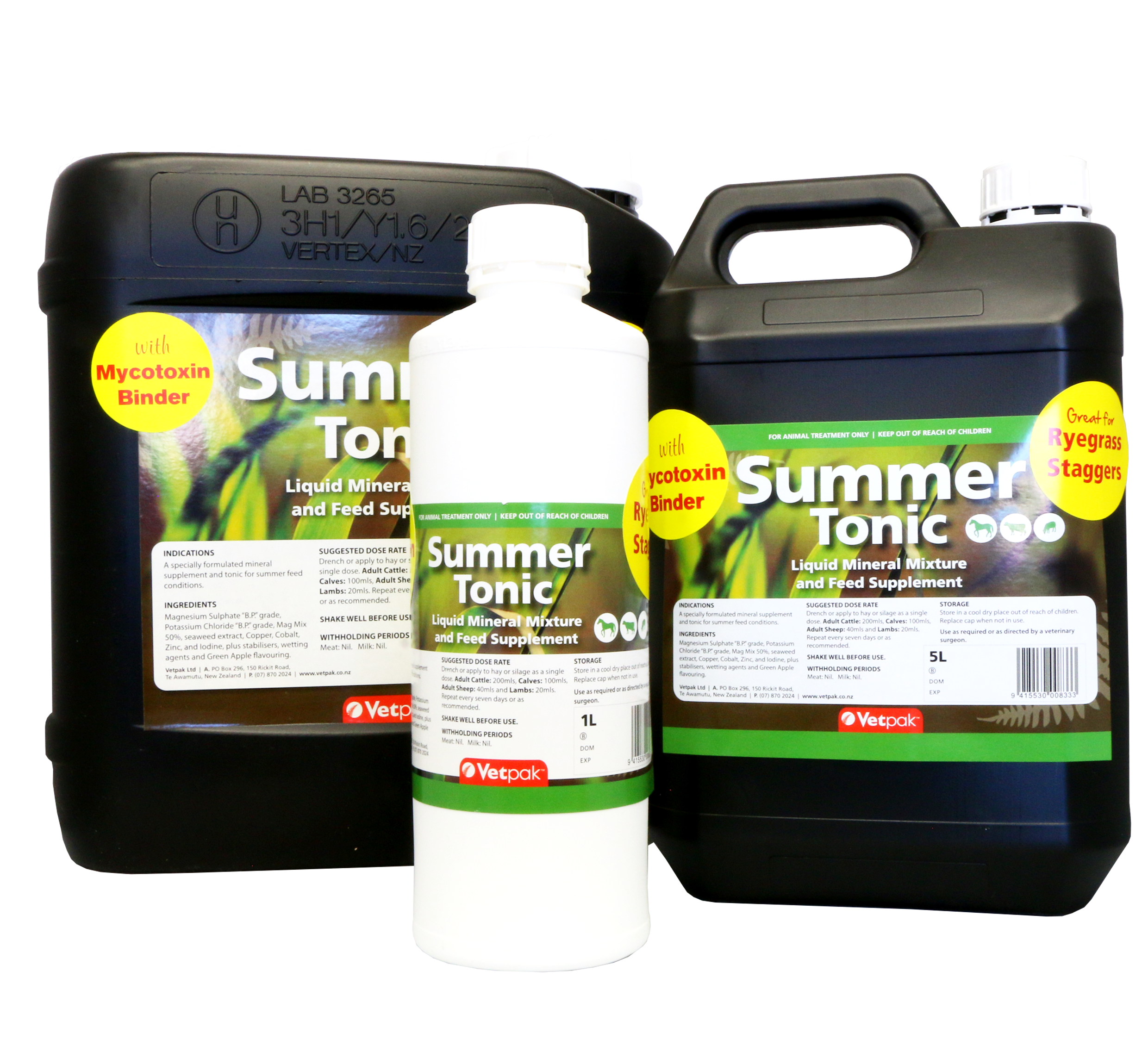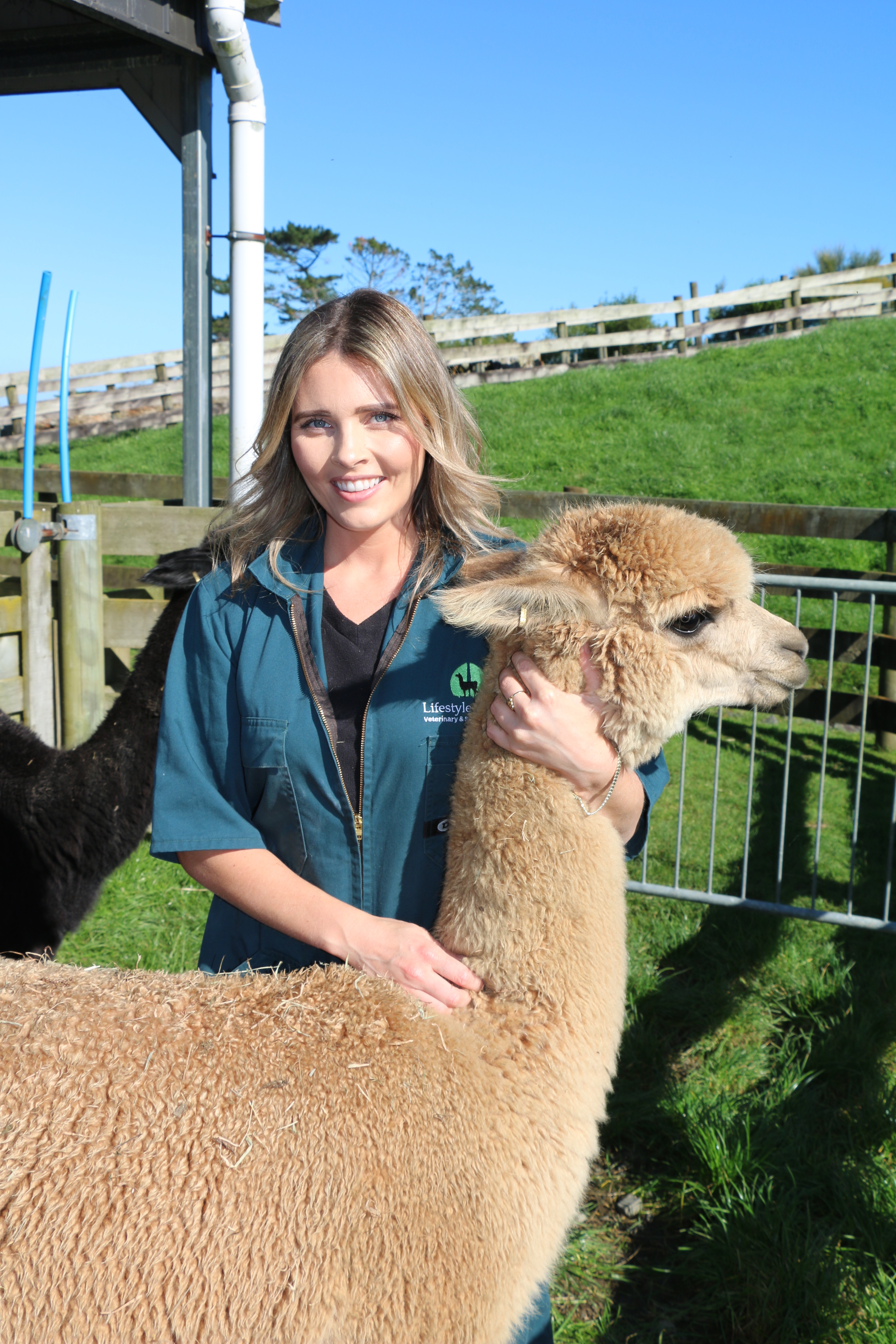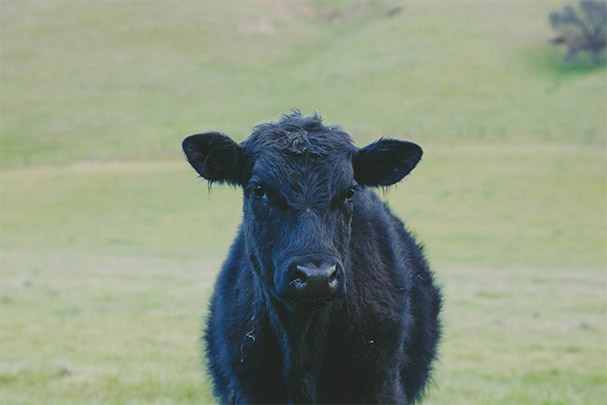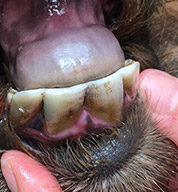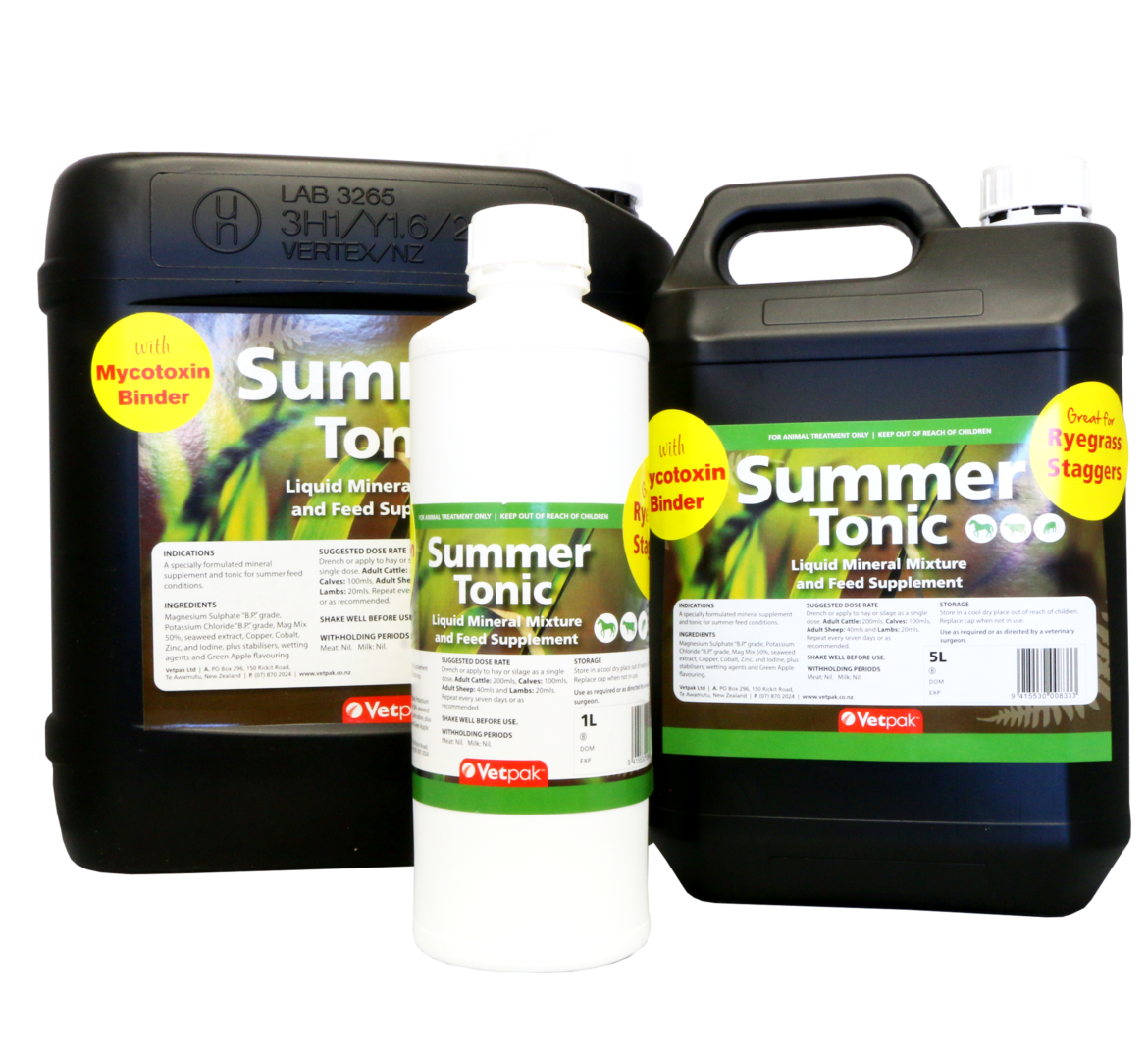
What is Ryegrass staggers?
Have your animals ever looked drunk? Have they stumbled around shaking or even collapsed when you’ve tried to move them from one paddock to another? Why is this? Today our topic of discussion is ryegrass staggers…
Most NZ pastures have been sown with a type of grass species called ryegrass. This grass is lovely and lush, tastes great, but it also has the potential to produce a nasty neurotoxin that clinically manifests as a disease called ryegrass staggers. When perennial ryegrass is exposed to rain or heavy dew precipitation, and when the weather is warm, this grass likes to grow a fungus called Acremonium lolii. This fungus grows in the seed head and base of the leaves of the grass. Unfortunately, this little fungus likes to product a neurotoxin called lolitrem B. NZ’s humid and wet climate is perfect to facilitate the growth of this fungus during Summer and Autumn. All grazing livestock species, including horses, can be affected.
What are the risk factors for Ryegrass staggers?
- Overgrazing can predispose to ryegrass staggers. The reason for this is that the majority of the toxin can be found in the oldest part of the plant, which is in fact the leaves that are the closest to the ground and the seed head. This little fungus is very persistent, and it has the ability to persist in hay and silage that has been cut from infected pasture.
- Grass that has gone to seed is considered’ high risk’ pasture
- Long dry periods of weather increases the risk of fungal growth
So what does this Lollitrem B neurotoxin do?
This toxin can’t make up it’s mid. After being ingested it first has an excitatory effect on muscles of the body followed by an inhibitory effect. Affected animals often lag behind the rest of the mob, are uncoordinated, look drunk, have a wide-based stance, shake and even collapse. Some animals will have a dog sitting posture with their legs sticking out to the side and some may fall onto their sides.
Can this toxin cause any long term damage?
Ingesting this neurotoxin alone does not usually cause death. However, uncoordinated and ‘drunk’ animals may get themselves in sticky situations such as falling down banks, breaking legs, falling into waterways or troughs and more. Death can occur as a result of an accident and misadventure. This neurotoxin also has the ability to damage special nerve called Purkinje cell neurons, in part of the brain called the cerebellum. These nerve cells are responsible for balance and movement.
How can I diagnose this condition?
Ryegrass staggers is usually able to be diagnosed based on clinical signs alone. We usually take into consideration the grass species they are grazing, weather conditions, clinical signs and whether just one or multiple animals are affected. Usually multiple animals will be affected if they are all eating the same pasture.
A definitive diagnosis can be made by taking a sample of grass from the very base of the sward and examining it under a microscope. A special stain (called a lactic acid-aniline blue stain) has to be used to be able to look for these fungal hyphae under the microscope. For this reason, we often send these samples to the lab to be interpreted. AgResearch are able to do a special test called and ELISA test to check for the presence of the Lollitrem B toxin in the grass. This test is not commercially available and samples have to be sent straight to AgResearch.
What is Ryegrass staggers – Prevention & Treatment:
What should I do if my animals are affected?
- Animals exhibiting any of the clinical signs mentioned above should be immediately removed from affected pasture and provided with an alternative feed source. Contact your veterinarian so that a correct diagnosis can be made. There are plenty of toxic plants/substances that have similar clinical signs so it is essential to make sure a correct diagnosis has been made first. ‘
- Affected animals should be moved into safe pastures that are flat and don’t have any waterways running through them.
- If your animals are used to eating nuts/pellets, hay / bailage or lucerne chaff then supplement their feed with these. Animals may take up to a week to recover after they have been removed from affected pasture.
- Feeding additives such as ‘Mycosorb’ or ‘Summer Tonic’ can be used to help reduce the effects of this disease. These products bind the mycotoxin within the intestines to help reduce it’s absorption. Get in touch with us for more information about these products.
What preventative methods can I use?
- Using endophyte resistant varieties of grass species is a great idea. To do this, you will have to re-sow your pastures completely.
- It would also be recommended to add some clover into your pasture to help dilute the level of toxin that is being ingested.
- Monitor your animals carefully in Summer and Autumn if you know your paddocks have been affected in the past
- Rotationally graze your animals so that they don’t overgraze the pasture. This will help reduce the animals from grazing the base of the grass sward where all the fungal endophyte likes to live
- Prevent your grass from going to seed
*** BEWARE that you don’t overfeed grains, especially if the animals are not used to eating these foods. A sudden ingestion of foods high in carbodydrates can cause laminitis, acidosis and more. Always check with your vet first 🙂
Have more questions about ryegrass staggers? Are your paddocks prone to fungal overgrowth? Contact us at thelifestylevet@gmail.com or 0278385433 for more information.
The Lifestyle Vet- providing an exceptional level of care for your companion farm animals.